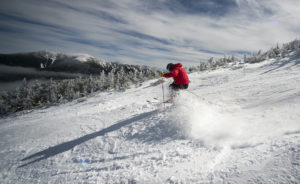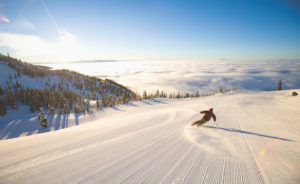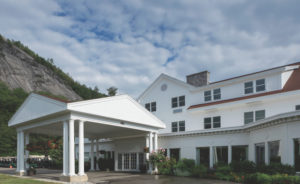
It was only three years ago this week when we were already skiing.
On Oct. 19, 2018, both Killington and Sunday River wound up running their lifts to kick off the skiing and riding season in New England. In 2021, we’re still in a holding pattern.
Killington has started to fire up the snow guns in Vermont, but the resort has yet to announce an opening date. It surely hasn’t helped to be receiving summer-like temperatures in some parts of New England, even on the doorstep to November.
The first signs of natural flakes have shown on mountaintops at Sugarbush, Mount Washington, and Saddleback, but there has been no, real, tangible evidence yet that the season is upon us quite yet.



